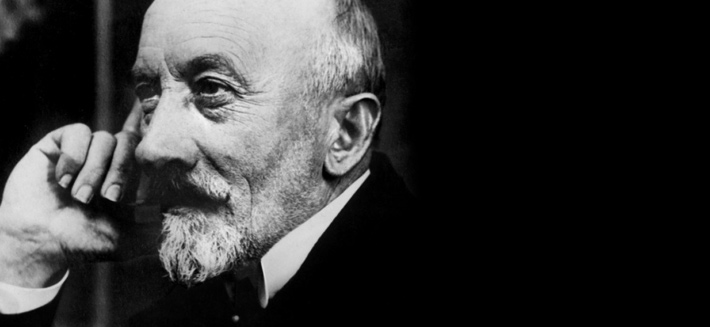Georges Méliès (8 December 1861 – 21 January 1938; born in Paris, France), full name Marie-Georges-Jean Méliès, was a French illusionist and filmmaker famous for leading many technical and narrative developments in the earliest days of cinema. Méliès, a prolific innovator in the use of special effects, accidentally discovered the substitution stop trick in 1896 and was one of the first filmmakers to use multiple exposures, time-lapse photography, dissolves and hand-painted color in his work. Because of his ability to seemingly manipulate and transform reality through cinematography, Méliès is sometimes referred to as the first "Cinemagician". Two of his best-known films are A Trip to the Moon (1902) and The Impossible Voyage (1904). Both stories involve strange, surreal voyages, somewhat in the style of Jules Verne and are considered among the most important early science fiction films, though their approach is closer to fantasy. Méliès was also an early pioneer of horror cinema which can be traced back to his Le manoir du diable (1896). He was also featured in the bookThe Invention of Hugo Cabaret as well as its film adaptation Hugo, where he was portrayed by Ben Kingsley.
I find the story of George Méliès fascinating because he was an extraordinary man who was willing to try new things and, in doing so, he changed the future of cinema forever. He had a dream, went after it and succeeded in attaining it.
The lesson that I learned from this man is that nothing is impossible when you really want something and are willing to work hard for it.
I find the story of George Méliès fascinating because he was an extraordinary man who was willing to try new things and, in doing so, he changed the future of cinema forever. He had a dream, went after it and succeeded in attaining it.
The lesson that I learned from this man is that nothing is impossible when you really want something and are willing to work hard for it.

 RSS Feed
RSS Feed